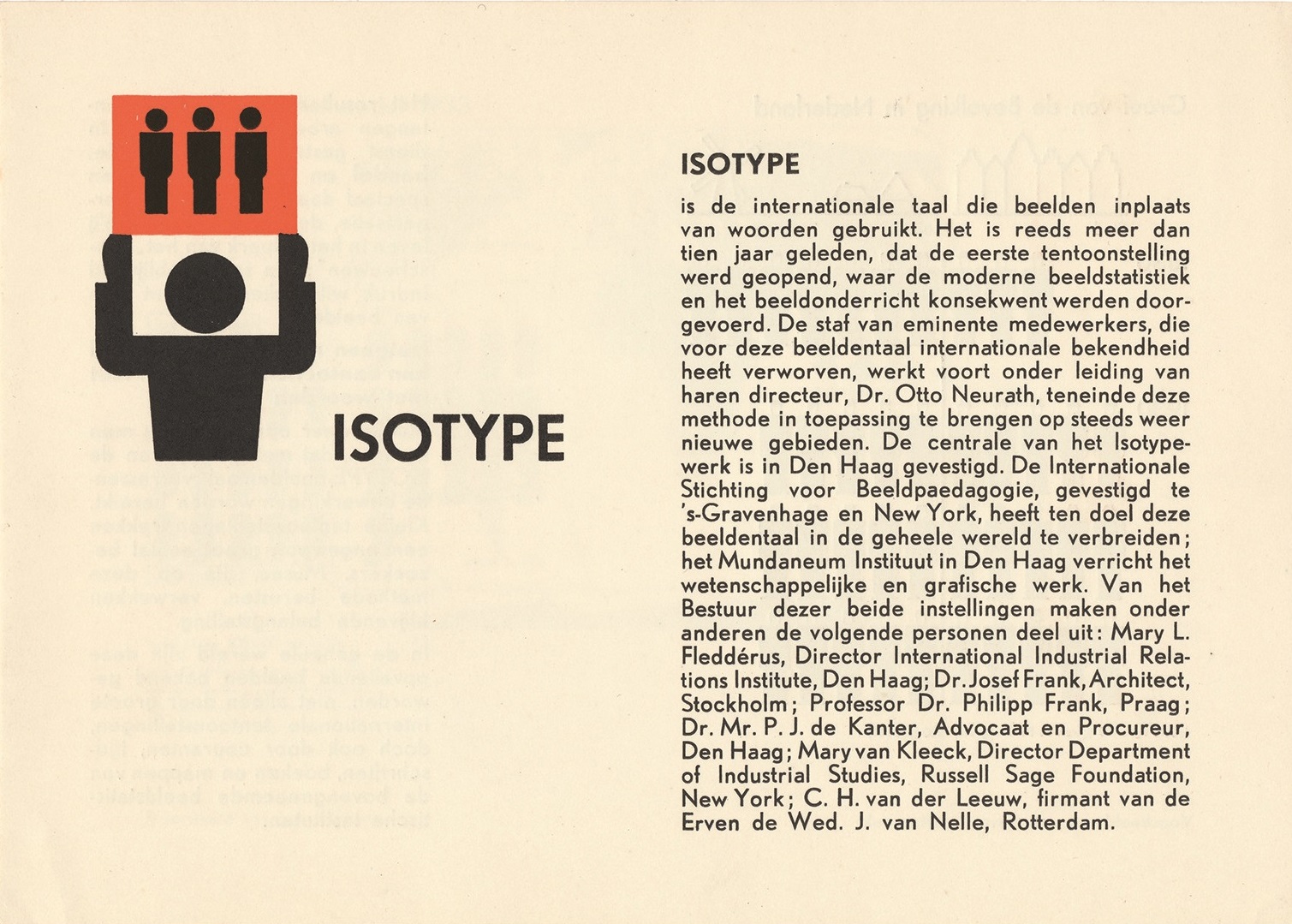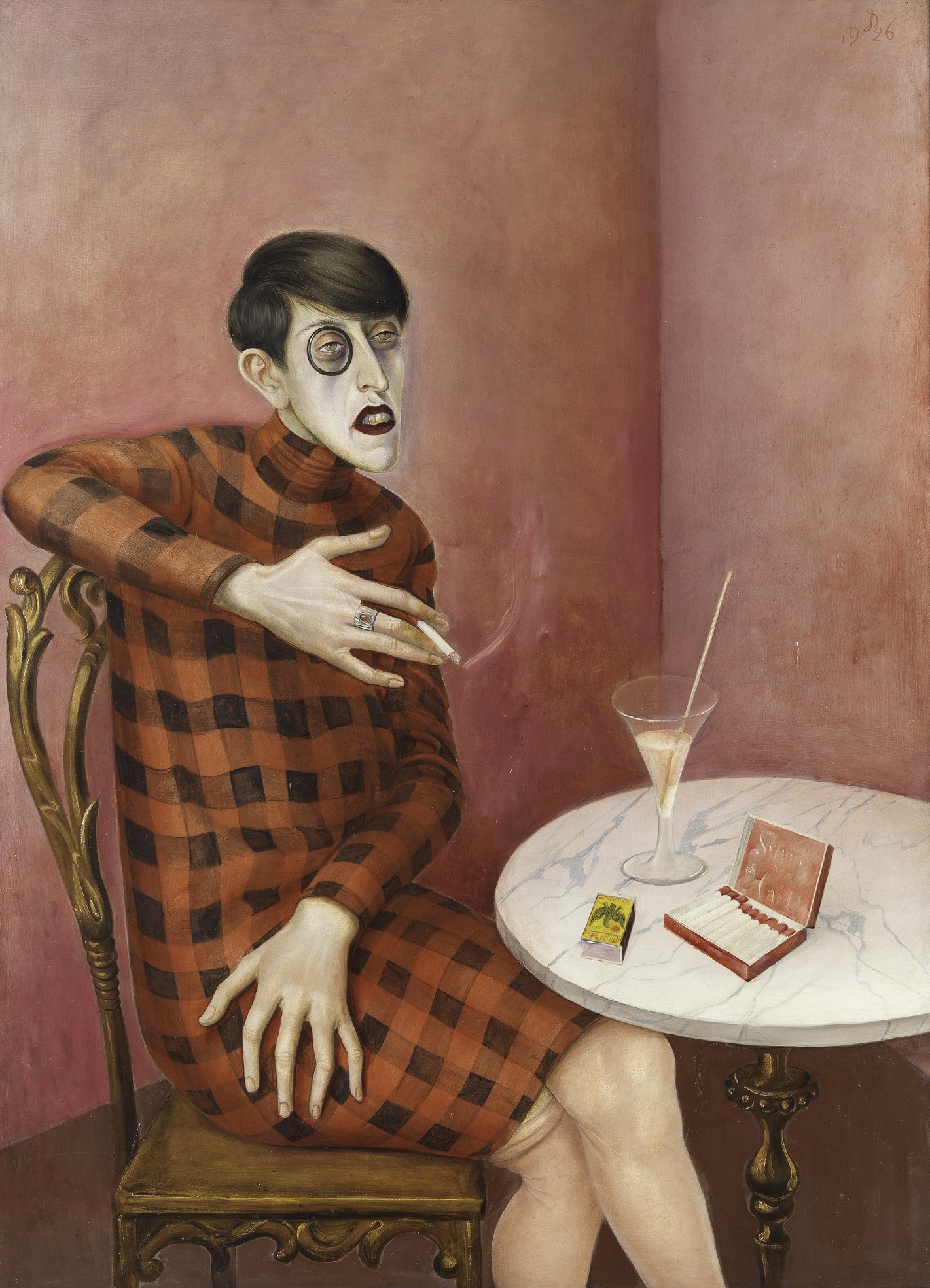The businessman in Heinrich Maria Davringhausen’s Der Schieber (The Profiteer), 1920-1921 sits several floors above the city streets, pencil in hand; the high-rise buildings pressing at the windows around him. Not in Germany. In France.
Across the sixth floor of the Centre Pompidou in Paris, framed by its spectacular floor-to-ceiling windows, a sprawling, multidisciplinary exhibition is currently on show, devoted to works by the Neue Sachlichkeit (New Objectivity) movement, active in Germany in the 1920s.
In the aftermath of the First World War, avant-garde, utopian and idealistic styles were rejected as superficial by German artists who sought more realistic responses to the everyday world of post-war Germany, and to rising poverty and corruption in society. The term "Neue Sachlichkeit" was coined by Gustav Friedrich Hartlaub, the director of the Mannheim Art Gallery, in 1923, to title an exhibition of paintings and designs which were neither impressionistic or expressionistic, but faithful to reality. The name was soon adopted to refer to artworks characterised by their emphasis on geometric form and unapologetic realism, but also a deep cynicism, disillusionment, and invective satire. The artistic dedication to portraying objective reality included representations of the political and economic uncertainties of the age, with urban grimness set alongside decadence; a world of inequality as much as modern liberation.
 It’s the same sentiment as the heady 1939 novel of Weimar Germany, Goodbye to Berlin, by Anglo-American author Christopher Isherwood, who begins with scenes of modern metropolitan life – abounding streets, mass-produced goods, sex, glamour, frivolity, electric signage – rendered through a curiously apathetic perspective: "I am a camera with its shutter open, quite passive, recording, not thinking." This is art made naughty, steely, punchy.
It’s the same sentiment as the heady 1939 novel of Weimar Germany, Goodbye to Berlin, by Anglo-American author Christopher Isherwood, who begins with scenes of modern metropolitan life – abounding streets, mass-produced goods, sex, glamour, frivolity, electric signage – rendered through a curiously apathetic perspective: "I am a camera with its shutter open, quite passive, recording, not thinking." This is art made naughty, steely, punchy.
Over 900 works at the Centre Pompidou, across the visual arts, literature, film, theatre and music, trace the development of Neue Sachlichkeit from Hartlaub’s exhibition, to its sudden end following the rise of the Nazi Party. The famous faces of the movement, including Otto Dix and Georg Grosz, feature heavily – top of the bill is Dix’s 1925 portrait of German dancer and femme fatale Anita Berber, smouldering in crimson – but the exhibition also includes vast details about the subgroups and spin-offs inspired by the movement. The split of Neue Sachlichkeit into "right and left wing" variants – the former offering more timeless depictions, the latter focusing on social issues – is described in detail, with more politically-leaning works contextualised alongside other forms of artistic protest. Notable is a section on German graphic design – one wall is taken up by a 12-piece collection of engravings of Houses of the Time by Gerd Artnz, which hierarchically represent the organisation of capitalist society across different modern buildings or locations. Also included is Artnz’s later collaborations with economist Otto Neurath and designer Marie Reidemeister on pictograms, or "isotypes"; a 4000-symbol dictionary, designed to communicate statistical data on demographics, politics and economics to the wider public (pictured above).
A large portion of the exhibition is dedicated to the Neue Sachlichkeit embrace of sexual exploration and the transgression of traditional gender roles. From artworks by the German-Jewish artist Gert Wollheim, including the untitled 1926 painting Couple, depicting two androgynous characters, dressed in male-coded clothing; to Jeanne Mammen’s effervescent 1928-29 depiction of dancer Valeska Gert, bow around her neck and hair cropped short, pursing her lips gleefully at the viewer; to Dix’s renowned portrait of the monocled journalist Sylvia von Harden (pictured below right), which later featured in the 1972 hit musical Cabaret – the Centre Pompidou offers a comprehensive picture of the New Women, LGBTQ+ communities and sexual freedoms of Weimar Germany. Importantly, the exhibition also includes information on the repression faced by many in Germany at the time, and after the rise of the Nazis. In the mid-1930s, artists like Mammen and Dix were denounced by Nazi authorities as "degenerate", and much of their work destroyed. Many of the artists themselves went into exile.
 But the exhibition is not merely a story of German modern art, and it crucially situates Neue Sachlichkeit among broader international contexts. The influence of American business, functionalism and utility is well examined – including Bauhaus influences like the Fuld telephone, the first cradle telephone, which was designed by Marcel Breuer and Richard Schadewell in 1927-28. There is also a substantial focus on artworks from or inspired by German-speaking cultures across Europe, such as reportage (for example, Otto Umbehr’s techno-utopian photomontage of the Austrian and Czechoslovak journalist, Egon Erwin Kisch, who was known as "The Racing Reporter") and theatre, including works by the Austrian composer Ernst Křenek.
But the exhibition is not merely a story of German modern art, and it crucially situates Neue Sachlichkeit among broader international contexts. The influence of American business, functionalism and utility is well examined – including Bauhaus influences like the Fuld telephone, the first cradle telephone, which was designed by Marcel Breuer and Richard Schadewell in 1927-28. There is also a substantial focus on artworks from or inspired by German-speaking cultures across Europe, such as reportage (for example, Otto Umbehr’s techno-utopian photomontage of the Austrian and Czechoslovak journalist, Egon Erwin Kisch, who was known as "The Racing Reporter") and theatre, including works by the Austrian composer Ernst Křenek.
But through the heart of the floorspace is a meandering exhibition-within-an-exhibition, showing the portrait photography of August Sander, whose images of individuals from across all walks of life – who, though often left unnamed, were strictly categorised into different professions – was an attempt to capture a representative vision of contemporary German life. His first book, the 1929 Antlitz der Zeit (The Face of Our Time) contained 60 photographs from this much larger project – though it was seized and destroyed by the Nazis in 1936. During the war, Sander also photographed individuals for Eastern Europe who had been forced to work in Germany. Many of his photographs, including thousands of negatives, perished in bombing raids and fires in the war – but some survived, and his output has since been rediscovered, and his photographs now hailed as an important record of the changing face of interwar Europe in the early 20th century.
One of his most famous images – and the artwork featured at the very start of the Centre Pompidou’s exhibition – Young Farmers, shows three young friends, dapper in hats, suits and canes, and caught almost unawares, as they amble along the edge of a field towards a dance. Taken on the eve of World War One, the photograph has been variously analysed by critics, including John Berger, as evocative of the end of an era of history. But in their neat dress and careful, choreographed poses, the photograph marks the end of an era in the arts, too. New Objectivity, with its gritty and witty bleakness, was the world of the next.
- Germany / The 1920s / New Objectivity / August Sander is at the Centre Pompidou until 5th September 2022
- More visual arts reviews on theartsdesk









![SEX MONEY RACE RELIGION [2016] by Gilbert and George. Installation shot of Gilbert & George 21ST CENTURY PICTURES Hayward Gallery](/sites/default/files/styles/thumbnail_125_x_125_/public/mastimages/Gilbert%20%26%20George_%2021ST%20CENTURY%20PICTURES.%20SEX%20MONEY%20RACE%20RELIGION%20%5B2016%5D.%20Photo_%20Mark%20Blower.%20Courtesy%20of%20the%20Gilbert%20%26%20George%20and%20the%20Hayward%20Gallery._0.jpg?itok=3oW-Y84i)





Add comment